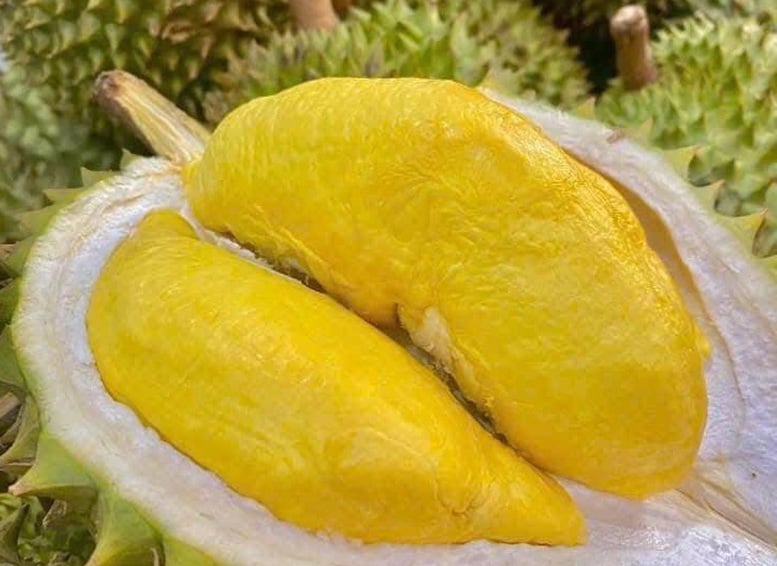
Focus on controlling from the root, from cultivation to packaging - Photo: VGP/Do Huong
With the automatic extension of the Protocol from China – the largest consumer market, Vietnam is implementing nine strategic measures to ensure sustainable development of this billion-dollar industry.
According to the General Department of Customs ( Ministry of Finance ), in the first 4 months of 2025, durian exports reached only 51,860 tons, equivalent to 183.5 million USD, down 53% in volume and 61% in value compared to the same period in 2024. The average export price decreased by 16%, down to 3,538 USD/ton. The main reason was the sharp decline in export turnover to China, reaching 105.7 million USD, down 75.5%. This is in contrast to the achievement in 2024, when durian exports reached 3.2 billion USD, affirming its position as a key agricultural product.
Deputy Minister of Agriculture and Environment Phung Duc Tien said that thanks to diplomatic efforts, on May 21, 2025, the General Administration of Customs of China (GACC) updated 829 growing area codes and 131 packing facility codes for Vietnamese durian, bringing the total to 1,396 growing area codes and 188 packing facility codes (after deducting the revoked codes). In particular, GACC continues to allow the export of Vietnamese durian without imposing suspension measures or requiring renegotiation, and automatically extends the Protocol signed on July 11, 2022, effective for a 3-year cycle.
"This is a positive sign, demonstrating China's trust in Vietnam's risk control measures," Mr. Tien emphasized. Initial results were recorded when in May 2025, Vietnam exported the first batch of frozen durian to China, along with hundreds of tons of fresh durian.
To take advantage of the opportunity and regain growth momentum, the Prime Minister issued Official Dispatch No. 71/CD-TTg, requesting the Ministry of Agriculture and Environment to deploy synchronous solutions. The Ministry organized a conference on "Sustainable development of durian industry" in the Central Highlands, and the working group led by Minister Do Duc Duy worked with GACC from May 27-29, 2025 to remove difficulties. Based on the instructions, the Ministry proposed 9 specific measures:
First, review the cultivation process. Accordingly, it is necessary to check soil, water, fertilizers, pesticides and promote breeding to ensure durian meets safety standards for both domestic and export markets.
Second, check the packaging facility and growing area code. Strengthen management, combine with digital transformation to trace transparent origin, avoid commercial fraud.
Third, reduce the risk of cadmium contamination by developing five solutions to improve soil and control heavy metals, especially in key growing areas such as the Central Highlands and the Mekong Delta.
Fourth, review imported fertilizers, tighten control over fertilizer quality, especially DAP fertilizer imported from Korea, where cadmium content was recorded to exceed 28 mg/kg (the allowable standard is 12 mg/kg).
Fifth, perfect the legal framework, specifically reviewing and synchronizing legal documents along the epidemic safety chain, ensuring quality management, productivity and food safety (to be completed in the third quarter of 2025).
Sixth, strengthen cooperation with China, closely coordinate with GACC in plant quarantine, ensure fast customs clearance, especially during peak harvest season.
Seventh, expand the laboratory system, consolidate and arrange more testing rooms in key areas. Vinacontrol Ho Chi Minh City Company is proposing to build a testing room in Dak Lak, expected to operate before the 8-9/2025 crop season.
Eighth, support at border gates, increase staff to support farmers and businesses at border gates, avoid congestion of goods during the peak harvest season.
Ninth, fundamentally solve quality problems, focus on controlling from the root, from cultivation to packaging.
Durian is the most impressive growing commodity in the past decade, with an area of nearly 180,000 hectares (a six-fold increase) and an output of 1.5 million tons. In preparation for the main crop season, the Ministry of Agriculture and Environment is actively negotiating to expand the market to other countries, while taking advantage of free trade agreements (FTAs) to diversify output. The Vietnam Fruit and Vegetable Association also proposed a model of rapid testing laboratories in growing areas in a socialized manner, helping gardeners test soil, water, and fruit before exporting.
Do Huong
Source: https://baochinhphu.vn/9-bien-phap-thuc-day-xuat-khau-sau-rieng-102250603183153739.htm









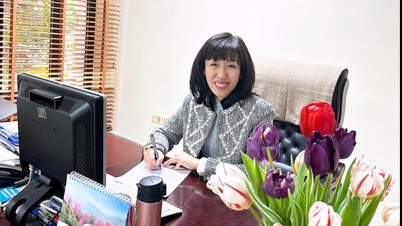

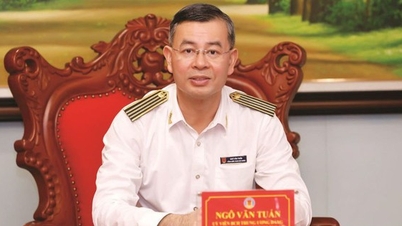



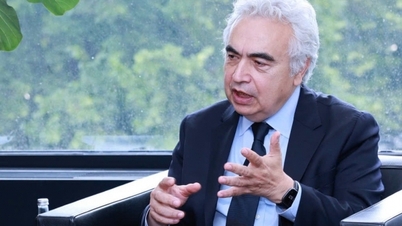




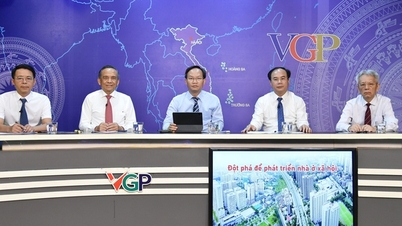
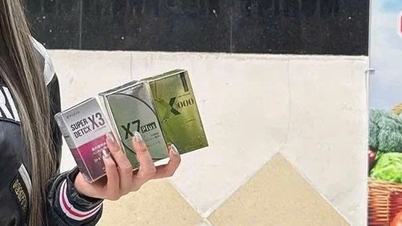

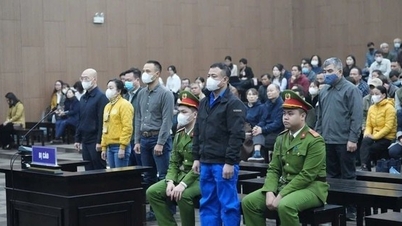
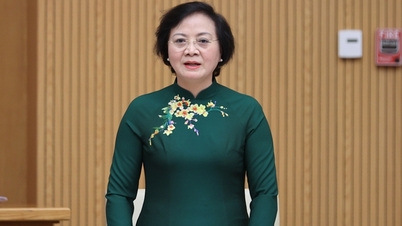
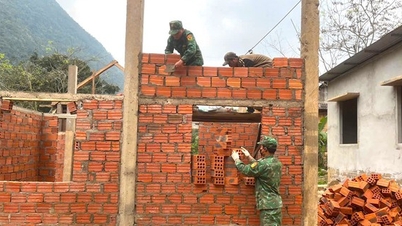

![[Photo] Keeping the Way of Life Knife Through Painted Hair](https://vphoto.vietnam.vn/thumb/1200x675/vietnam/resource/IMAGE/2025/6/5/44113911408c465f9bb118f98320a7ac)










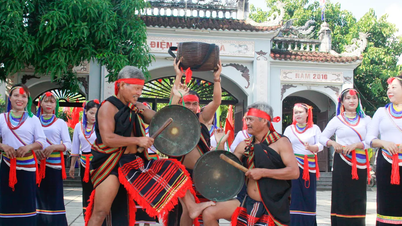








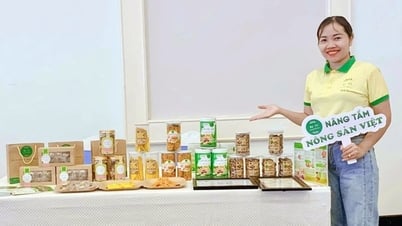




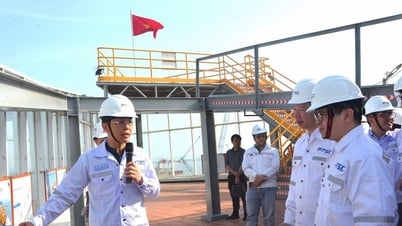

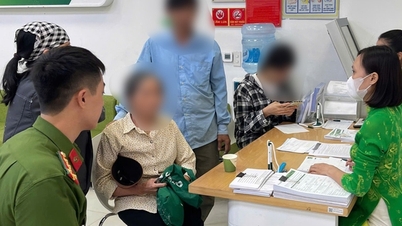



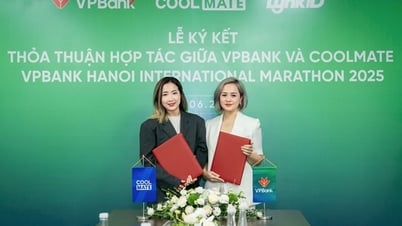







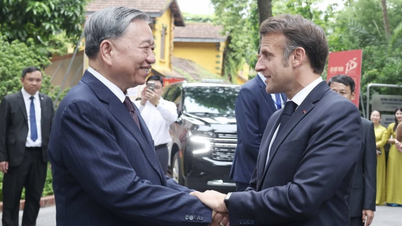



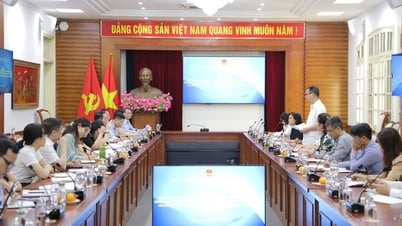


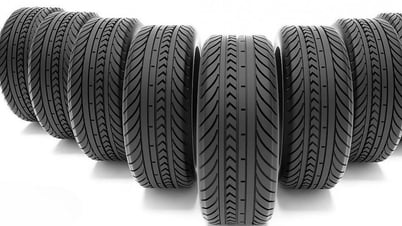



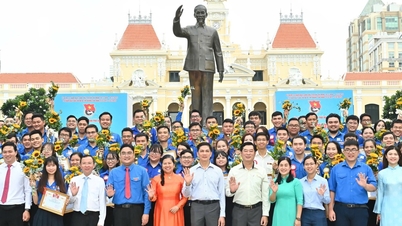
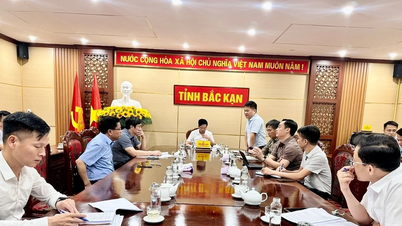

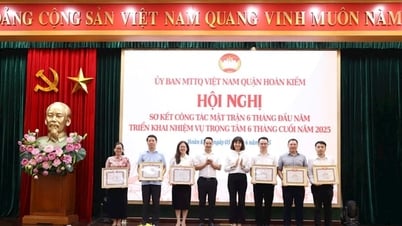

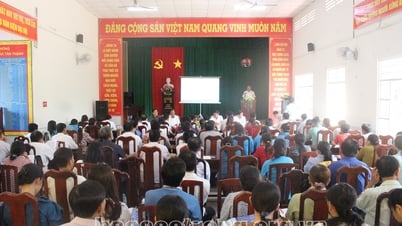


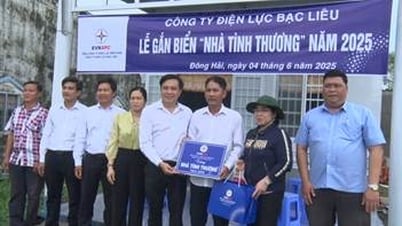







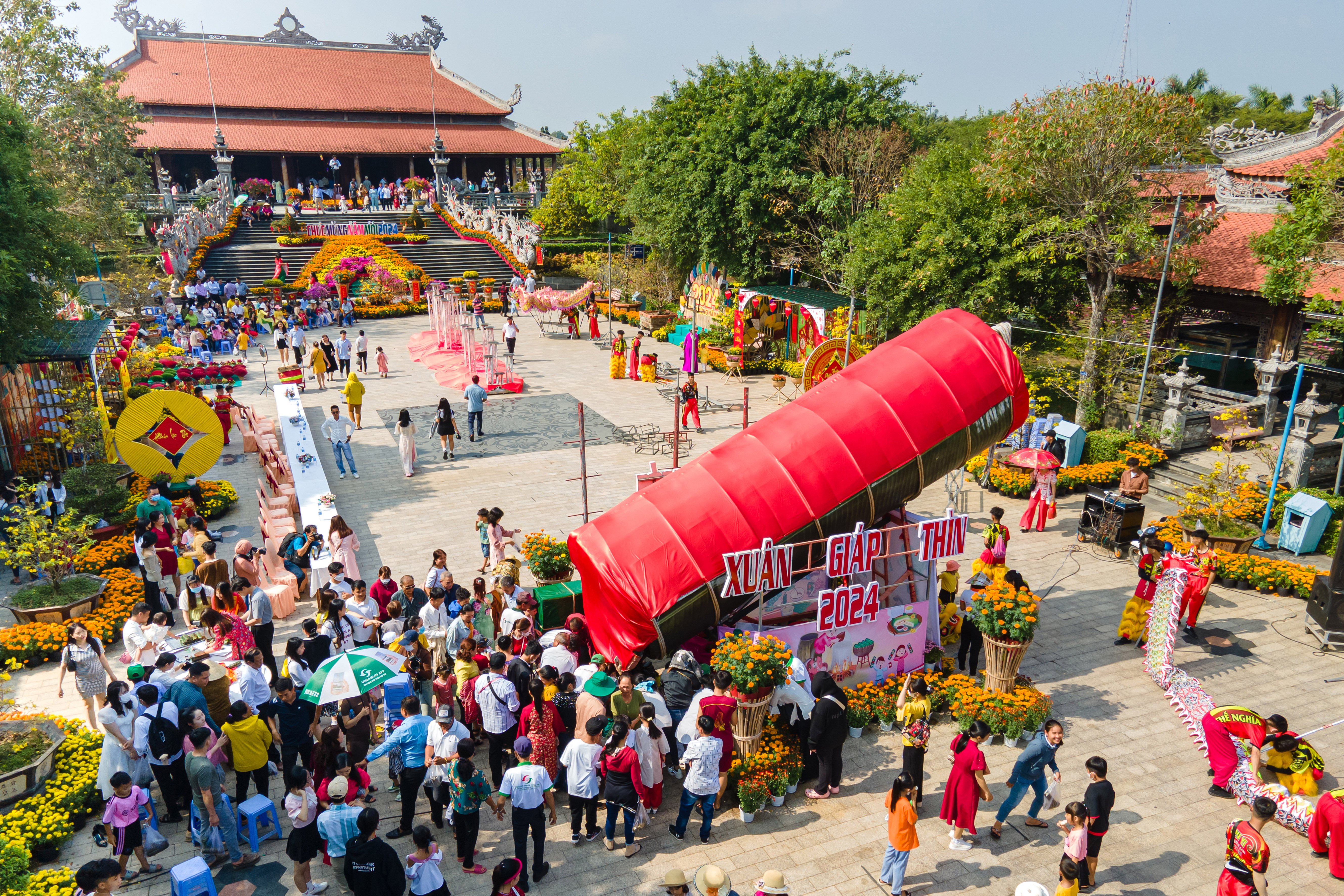



Comment (0)